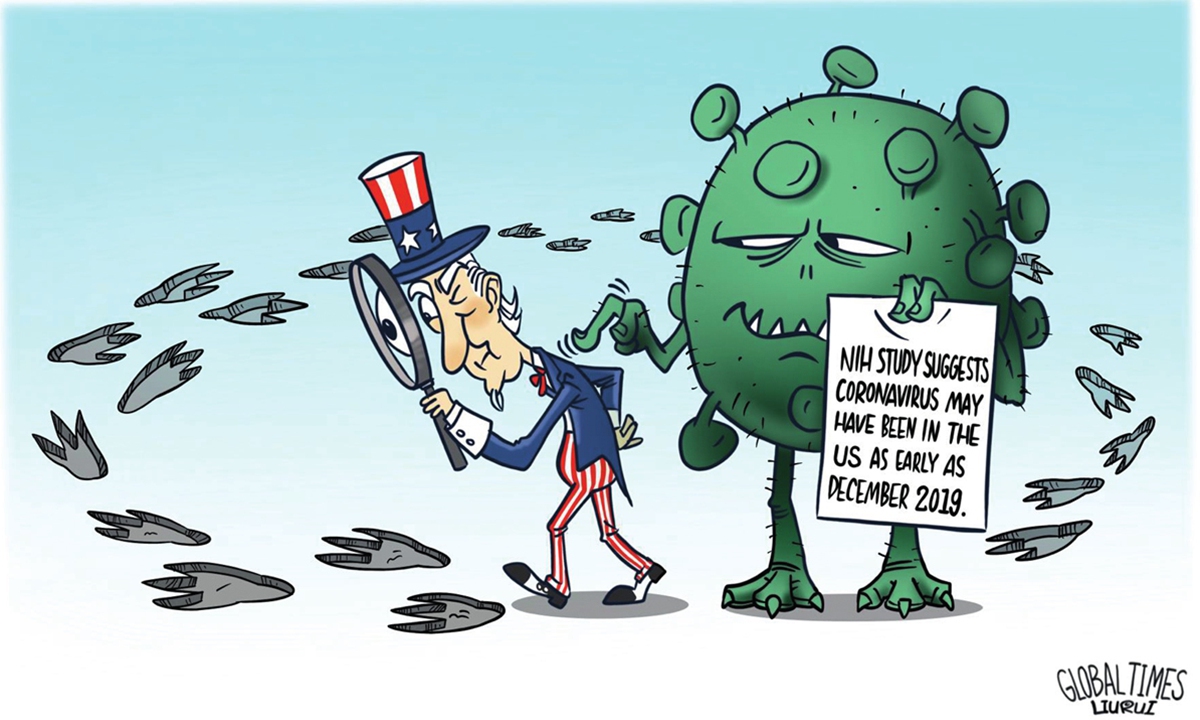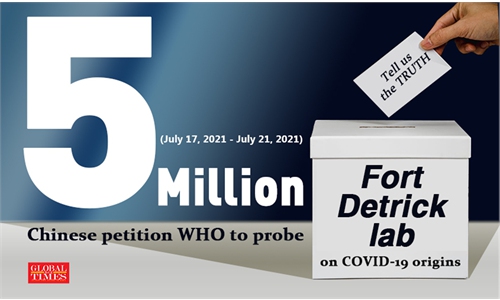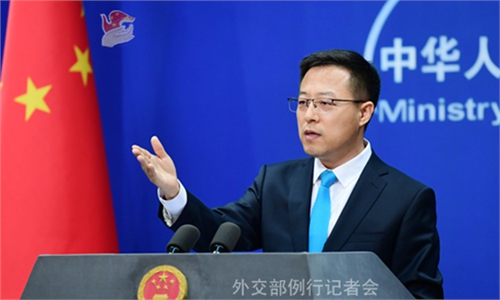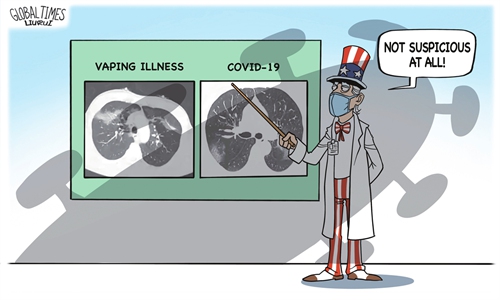
Illustration: Liu Rui
As early as 2020, the world has begun brooding over the origin of COVID-19 but it is still far from clear.
On July 15, World Health Organization (WHO) Director-General Tedros Adhanom Ghebreyesus asked China to be more transparent and cooperative while discussing a second phase of the origin research with member states.
Wait a second. Is there any other country besides China that has received WHO experts twice and co-released the joint report on origin tracing so far?
As earlier cases occurred in the US without connection to China are in urgent need of scientific probe, is it really fair to put all the blame on China and China only?
While some Western politicians spare no efforts vilifying China for the initial outbreak, scanty attention has been paid to US cases earlier than Wuhan's first reported ones. As more early traces of COVID-19 outside Wuhan are surfacing, the next-phase research calls for multifaceted origins in multiple places.
A study of over 24,000 samples taken for a National Institutes of Health (NIH) research program in the US between January 2 and March 18, 2020 suggested that seven people across five states may have contracted COVID-19 at least a month before the country's first officially confirmed cases on January 21, 2020.
A Palm Beach Post analysis showed that COVID-19 infected as many as 171 people in Florida without any travel record to China on January 1, 2020, two months prior to first officially claimed cases in the state.
Besides, a host of unidentified diseases with pneumonia-like symptoms are yet to be taken seriously.
On October 4, 2019, the Centers for Disease Control and Prevention issued a report suggesting an abnormal peak of unknown vaping-related lung diseases across 46 US states. As of today, there is still no confirmed cause of the so-called e-cigarette pneumonia and the contagiousness of the disease is yet to be determined.
According to ABC's report, back in July 2019, an unknown respiratory disease broke out at the Greenspring Retirement Community in Fairfax county, Virginia, with 54 patients becoming ill with respiratory symptoms and two being killed. The investigation was later closed quietly by the Fairfax County Department of Health concluding that "no specific pathogen was identified as the cause of the outbreak."
In addition, a joint study by the University of California, Los Angeles and the University of Washington noted that "a significantly higher number of patients with respiratory complaints and diseases starting in late December 2019 and continuing through February 2020 suggest community circulation of SARS-CoV-2 prior to established clinical awareness and testing capabilities."
How to explain these seemingly random concurrences of COVID-19 cases or suspicious cases? On July 16, 21 Chinese scientists and experts noted in a co-authored article titled "On the origin of SARS-CoV-2 - The blind watchmaker argument" that may offer some insights: "By our reasoning, the virus had gone through repeated mutual infections between wild animals and people before the first reported outbreak of COVID-19 and, gradually, accumulated mutations adapted to the human body. In the process of human infection, the virus experienced repeated defeat until it evolved into the current strains that are extremely suited to mass transmission." In this sense, the origin of COVID-19 seems to be a rather complex evolving process instead of a fixed starting point at which the virus suddenly appeared. The city where the initial outbreak occurs is merely the place where the mutating virus finds its most efficient way to infect humans.
To be fair, as so many earlier cases await wide-ranging probes, why the US is so desperate pushing for yet another "investigation" in China? Are they fearful of the possibility that the joint-inquiry like the one conducted in China might uncover their skeleton in the closet? As a country with world-leading medical know-how, how could US authorities let go of these mysterious outbreaks without getting to the bottom of the real cause? Are they hiding something? If not, why not start an inquiry into all questionable sites at the same time? China is no scapegoat of their mistakes.
Without doubt, origin-tracing is a time-consuming and extremely complicated mission which may take years or even run into dead ends. If we are truly eager to mount all the difficulties tracking the origin of COVID-19, there must be a global perspective involving all relevant parties. If we let origin-tracing be leveraged across the ideological spectrum, the crisis remains to be a crisis, or perhaps even evolve into a much more daunting one.
The author is a commentator on international affairs, writing regularly for Global Times, China Daily, etc. He can be reached at xinping604@gmail.com



